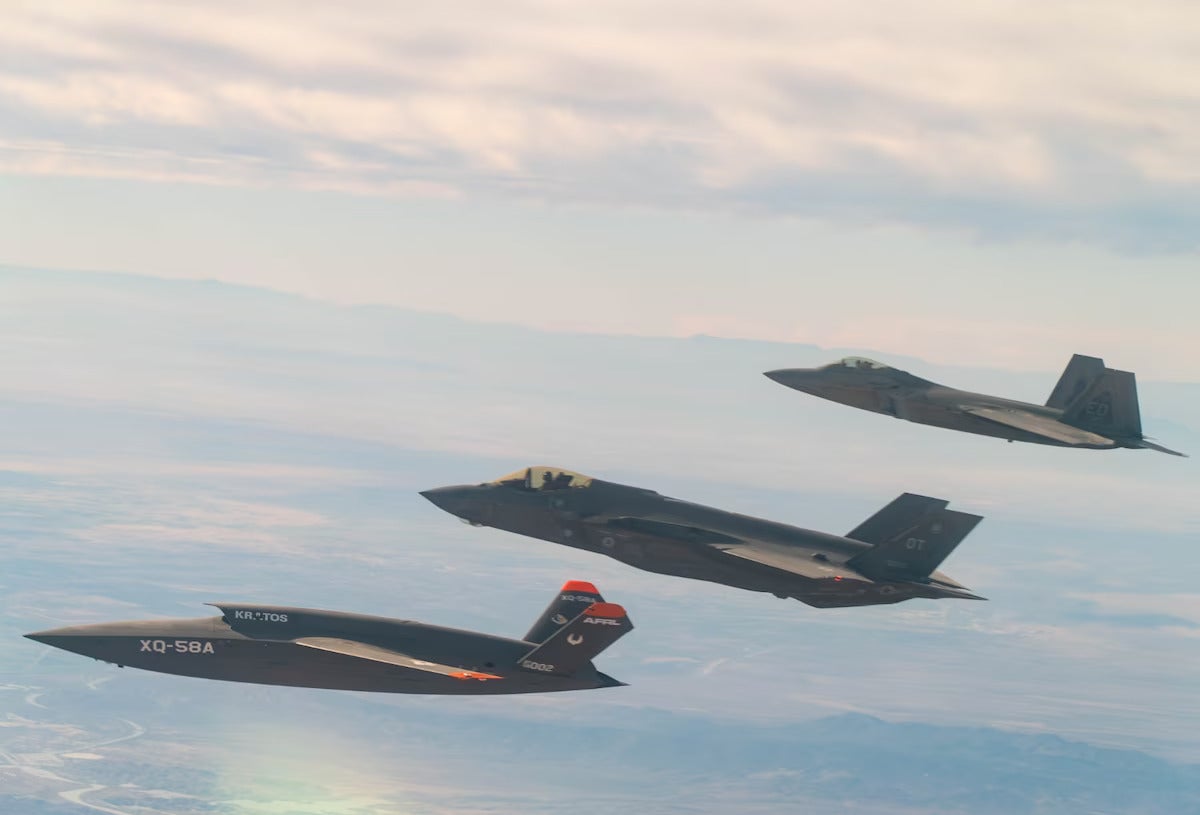
The US Air Force has called for a multibillion-dollar budget to build more than 1,000 pilotless combat aircraft, known as the XQ-58A Valkyrie model, US Department of Defense (DOD) service plans reveal.
Amounting to $5.8bn in total, the investment would be one of the largest in autonomous aerial weaponry. The Valkyrie aircraft is reportedly well-suited to ‘suicide’ missions and providing cover to flesh-and-blood pilots. It boasts a top speed of 700mph, cruise speed of 550mph and a range of 3,000 nautical miles.
Human rights organisations have expressed concerns. New York City-based Human Rights Watch released a report earlier this year that said the US policy of autonomous weaponry is “flawed” and a “recipe for disaster”, while the non-profit Future of Life Institute calls these developments “slaughterbots”.
The Valkyrie will be tested in a simulation over the Gulf of Mexico later this year, where it will invent its own strategy to chase and kill an enemy target, according to the New York Times.
The AI-military trend
The push for Valkyrie funding represents a wider push from the US weapons business and military institutions to rapidly evolve army technology in competition with rival states.
Mentions of artificial intelligence (AI) in defence company filings have increased by 182% from July to August, GlobalData research shows, reaching the same levels as previous spikes in March and May. AI has cemented itself as the leading thematic factor across the defence industry.
On 28 August, the US DOD announced its deployment of an AI-powered detection system to monitor airspace around Washington D.C. The system represents a “tenfold increase” in functionality over the 9/11-era version it replaces, according to Air Force Lt Col Kurtis Engelson.
AI’s emergence – and increasing prominence – across the US defence market is now giving rise to a new group of Pentagon contractors aiming to disrupt the longstanding monopoly of the ‘Big Five’: Raytheon, Boeing, Northrop Grumman, Lockheed Martin and General Dynamics.
Our signals coverage is powered by GlobalData’s Thematic Engine, which tags millions of data items across six alternative datasets — patents, jobs, deals, company filings, social media mentions and news — to themes, sectors and companies. These signals enhance our predictive capabilities, helping us to identify the most disruptive threats across each of the sectors we cover and the companies best placed to succeed.






